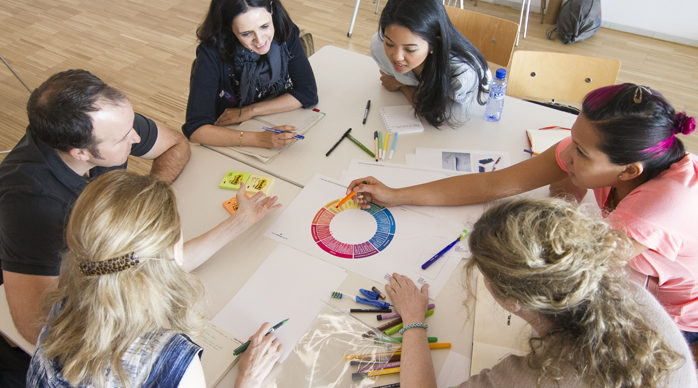The goal of this Circular Design project is to promote sustainable production and consumption of products and services in Europe.
The project falls within the innovation, higher education and business area and is aligned with European policies on the circular economy
The goal of these policies is to find common solutions that help minimise the environmental impact of consumption and reduce the use of resources, which will require us to rethink the way our societies work. Design has a key role to play in developing innovative solutions to current challenges – approaches that must consider the needs of end users and integrate sustainability criteria in processes and strategies for creating products and services.
Objectives
- The project will lead to increase and improve the learning strategies of Design for Sustainability, will identify opportunities for sustainably designed products and services as well as business opportunities in both higher education institutions and industries in Europe.
- Open educational resources and training courses for industry staff and academics in Innovative Design for Sustainability will be co-created and targeted at academics, students and companies.
- Some common goals amongst Circular Design partners are to train up innovative and entrepreneurial designers who are capable of dealing with a transition towards Design for Sustainability as a mainstream design approach, as well as to promote cooperation and mobility with the EU’s partner countries. On this way, an international internship scheme of Engineering Design students in enterprises and DFLabs will be developed.
- All the above will contribute to establish a basis for a permanent and active European Network of Design for Sustainability.
Examples
Specific projects, including solutions for taking advantage of food waste, are already being implemented in European countries. One example is Bread Energy, a project being pursued by one of the partner companies, which uses a fermentation process to turn leftover bread into green energy. Other examples linked to companies holding best practices for the project include the use of plastic waste to produce ink for 3-D printers, and pre-designed solutions that facilitate reuse of mass consumption products, such as the manufacture of modular smartphones designed to reduce electronic waste.

